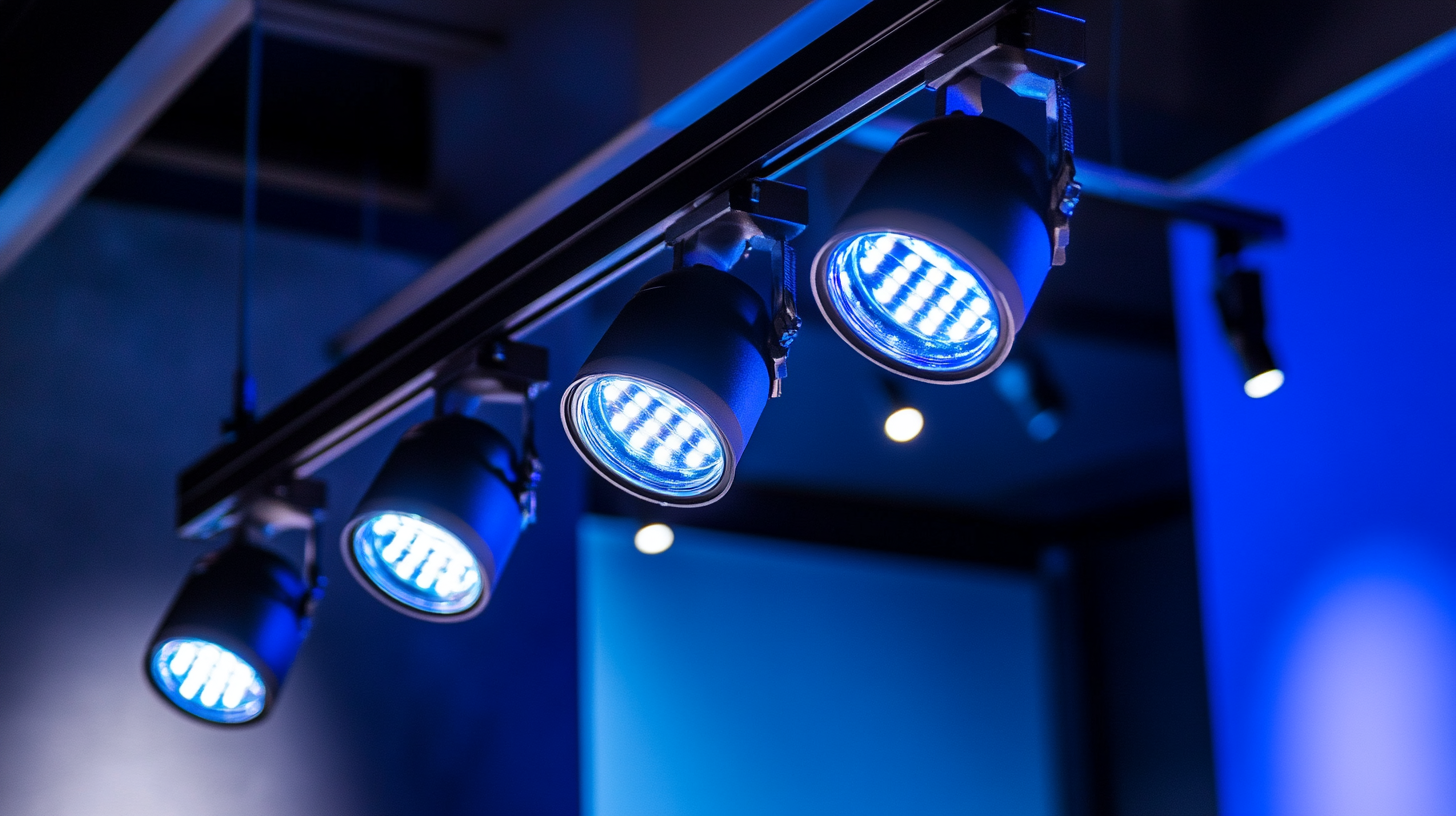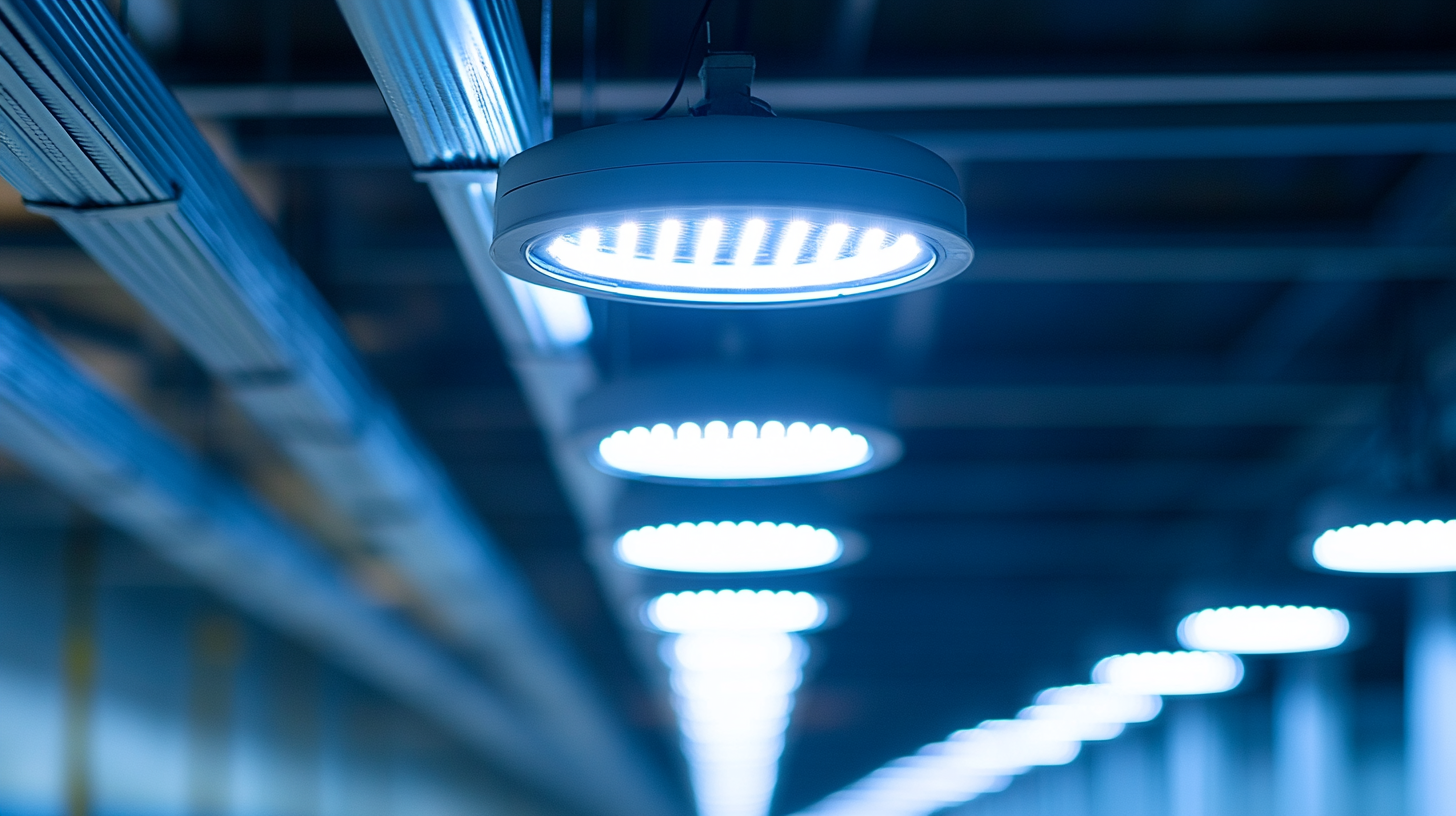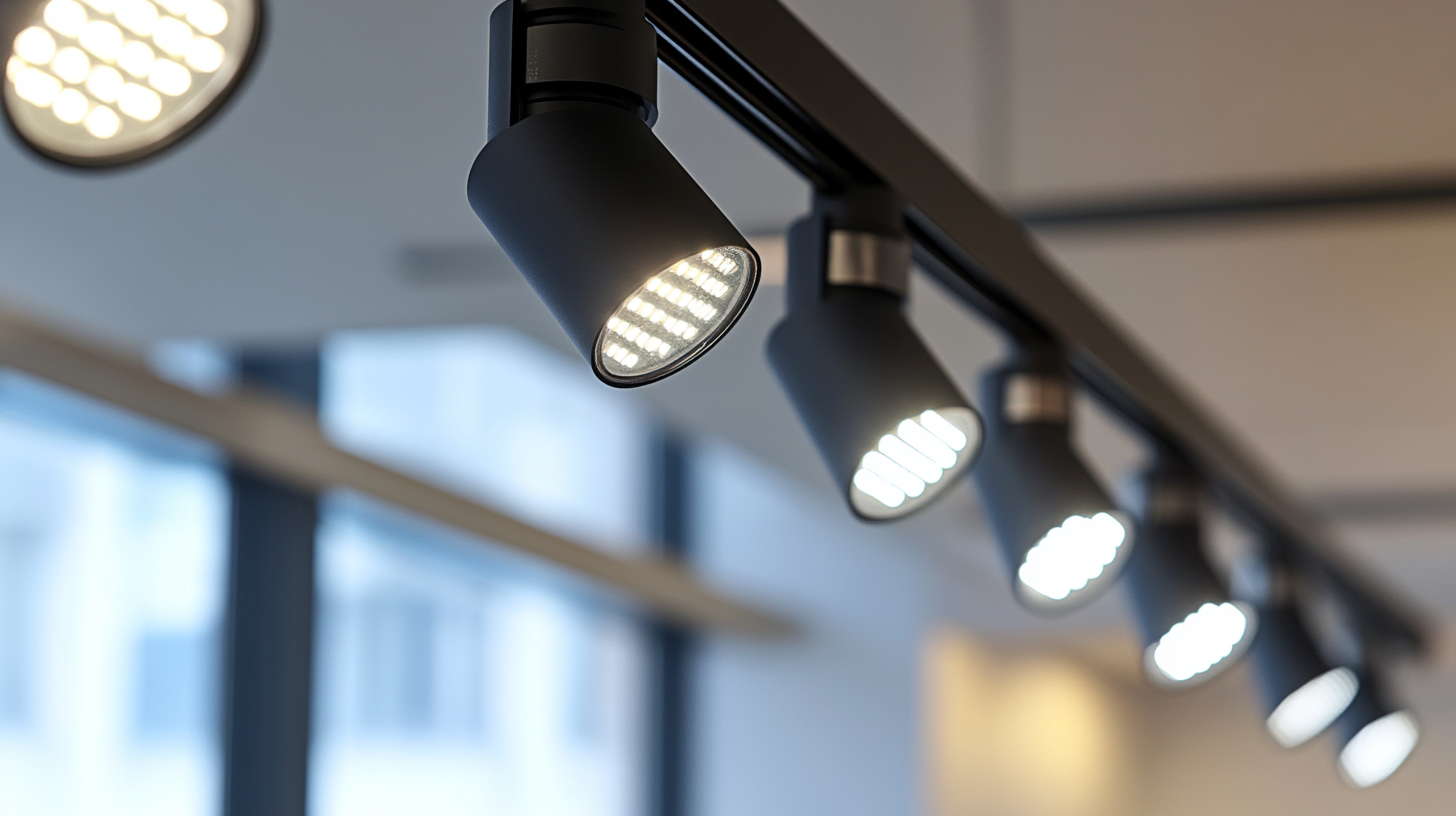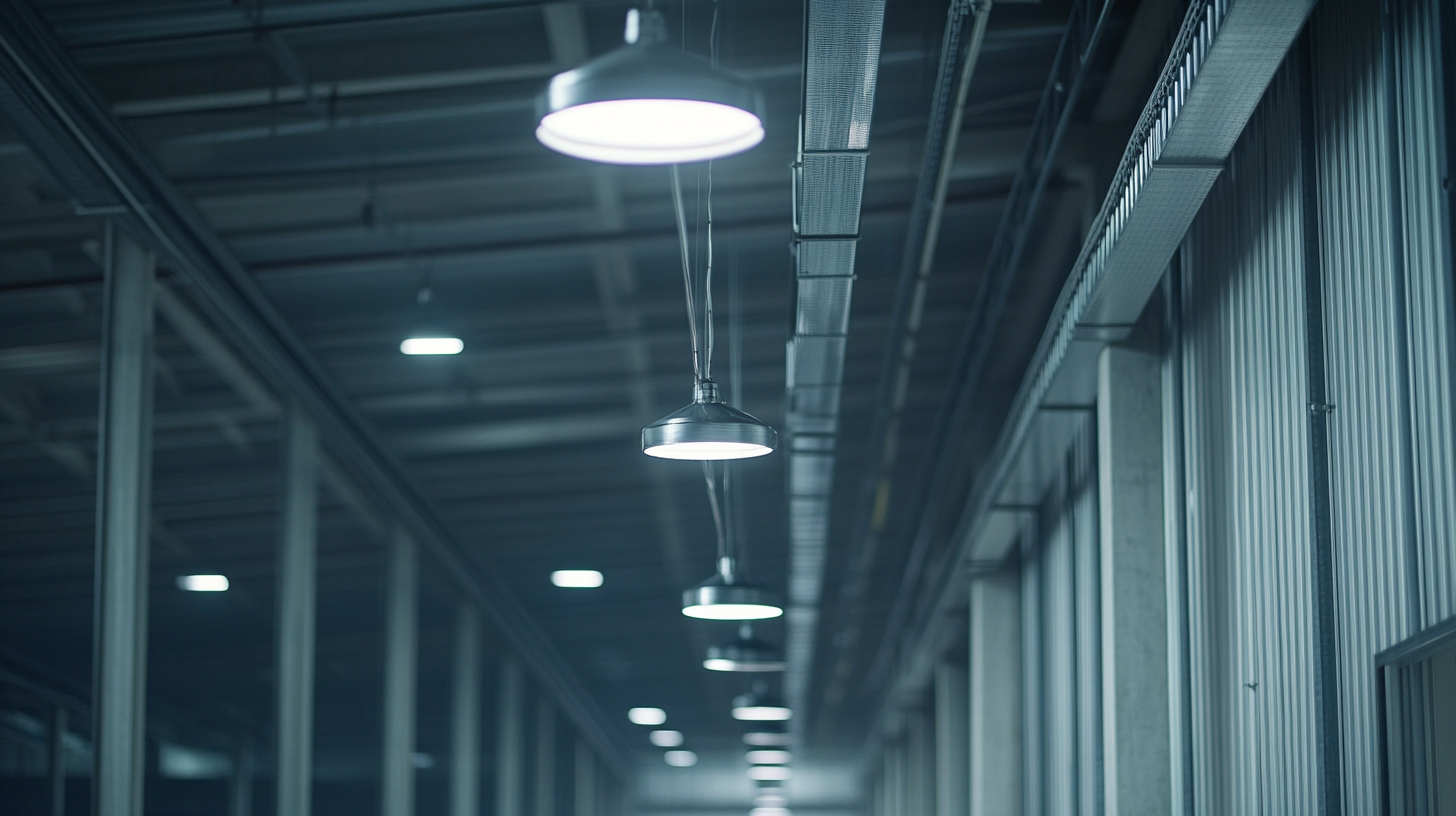Edison LED Lighting
Projects
Unlocking Efficiency: Key Technical Specifications of LED Track Lights for Global Procurement
In an ever-evolving world where technology continuously reshapes our experiences, LED track lights stand out as a pivotal advancement in lighting design. These versatile fixtures not only enhance the aesthetic appeal of spaces but also provide substantial energy efficiency and flexibility. As businesses and consumers alike search for innovative solutions for their lighting needs, understanding the key technical specifications of LED track lights becomes crucial for global procurement. This blog aims to unravel the intricacies of these essential elements, highlighting how they contribute to optimizing efficiency and performance.
As the demand for sustainable and effective lighting solutions rises, LED track lights emerge as a favorite among architects, interior designers, and procurement specialists. By examining the critical specifications such as lumen output, color temperature, beam angle, and compatibility with smart technology, we can better appreciate their role in modern environments. Through this exploration, we intend to equip decision-makers with the knowledge needed to select the best LED track light options that not only meet their specific applications but also align with global standards and sustainability goals.

Essential Energy Efficiency Metrics for LED Track Lights in Global Markets
In the quest for sustainable lighting solutions, the energy efficiency of LED track lights has emerged as a pivotal factor for global procurement. As highlighted in the International Energy Agency's "Energy Efficiency 2020" report, the transition towards more energy-efficient technologies is crucial in achieving both environmental and economic goals. The essential energy efficiency metrics for these lighting systems contribute significantly to lowering energy consumption and enhancing overall sustainability. Key specifications to consider include luminous efficacy, which measures how much light is produced per watt of electricity consumed. Higher efficacy ratings not only indicate superior energy use but also suggest long-term cost savings for businesses. Furthermore, the Color Rendering Index (CRI) is vital in ensuring that the quality of light meets the specific needs of different environments, making it essential for retailers and art galleries alike, where color accuracy is imperative. Additionally, manufacturers should focus on lifespan and maintenance costs as part of their procurement strategy. The longevity of LED track lights decreases the frequency of replacements, resulting in reduced waste and lower lifecycle costs. With these factors in mind, organizations can make informed decisions, balancing their sustainability goals with profitable outcomes in a rapidly changing global market.

Comparative Analysis of Lumen Output: LED Track Lights vs. Traditional Lighting
When it comes to lighting solutions, the comparison between LED track lights and traditional lighting systems, such as incandescent and fluorescent bulbs, reveals significant advantages in terms of lumen output and overall efficiency. According to the U.S. Department of Energy, LED lighting can produce up to 100 lumens per watt, which substantially exceeds the performance of traditional incandescent bulbs, which typically offer only 10-17 lumens per watt. This stark contrast not only showcases the superior energy efficiency of LEDs but also highlights their ability to deliver brighter light with less energy consumption.
Moreover, recent studies indicate that LED track lights boast a longer lifespan than their traditional counterparts. While incandescent bulbs last approximately 1,000 hours, and fluorescent lights may last up to 15,000 hours, quality LED track lights can function effectively for over 25,000 hours. This longevity contributes to reduced maintenance costs and less frequent replacements, making them a more economical choice for both residential and commercial spaces.
Another key factor to consider in the lumen output comparison is color rendering. LED track lights often have a Color Rendering Index (CRI) of 80 to 95, allowing for better color representation compared to traditional options, which may fall significantly lower on the scale. This feature makes LED lighting particularly ideal for applications in art galleries and retail spaces where accurate color depiction is crucial.
In conclusion, the shift towards LED track lights in global procurement strategies not only addresses efficiency concerns but also enhances the quality of illumination, making them the clear choice for future-oriented lighting solutions.

Understanding Color Rendering Index (CRI) Standards for Professional Lighting
When selecting LED track lights for professional applications, understanding the Color Rendering Index (CRI) is essential. CRI measures how faithfully a light source reveals the true colors of illuminated objects in comparison to natural light. This index, ranging from 0 to 100, is crucial for settings where color accuracy is paramount, such as art galleries, retail spaces, and design studios. A higher CRI indicates that colors appear more vibrant and true to life, making it a key specification for procurement decisions.
In practice, a CRI of 90 or above is recommended for professional lighting applications. Such high CRI LED track lights enable designers and artists to view colors as they would under natural sunlight. Moreover, environments with poor color rendering can lead to misinterpretations of hues, resulting in dissatisfaction from customers or clients. Therefore, evaluating CRI alongside other technical specifications like lumen output and wattage can enhance lighting solutions for various commercial and creative sectors.
Investing in LED track lights with superior CRI not only improves visual clarity but also enhances the overall atmosphere of a space, making it inviting and aesthetically pleasing. As the demand for high-quality lighting solutions increases globally, understanding and prioritizing CRI standards will undoubtedly unlock greater efficiency and satisfaction in professional lighting design.

The Role of Wattage and Lifespan in Choosing LED Track Lights for Procurement
When it comes to selecting LED track lights for procurement, two crucial factors must be considered: wattage and lifespan. Understanding these specifications can significantly influence efficiency and cost-effectiveness in your lighting solutions. Wattage directly affects the energy consumption of the fixture; hence, selecting the right wattage is essential for both operational costs and environmental impact. Lower wattage options can offer substantial energy savings without compromising brightness, making them an attractive choice for organizations focused on sustainability.
In addition to wattage, lifespan plays a pivotal role in the decision-making process. LED track lights are renowned for their longevity, often lasting up to 50,000 hours or more. This extraordinary lifespan means that businesses can reduce maintenance costs and the frequency of replacements, which is particularly advantageous in commercial settings where downtime can lead to lost revenue. Furthermore, a longer-lasting product translates to a smaller ecological footprint, as fewer lights need to be manufactured and discarded.
By prioritizing wattage and lifespan, procurement professionals can make informed choices that align with both budgetary constraints and sustainability goals. With the right lighting, organizations can achieve optimal efficiency while enhancing the ambiance of their spaces, ultimately leading to improved productivity and satisfaction.
Impact of Beam Angle and Adjustability on the Effectiveness of LED Track Lighting
When it comes to maximizing the effectiveness of LED track lighting, two critical factors stand out: beam angle and adjustability. The beam angle plays a pivotal role in how light is distributed in a space. A narrow beam angle focuses the light more intensely on a specific area, making it ideal for accent lighting and highlighting artwork or architectural features. On the other hand, a wider beam angle disperses light over a larger area, providing general illumination and creating a more ambient environment. Understanding the specific needs of a space can help in selecting the appropriate beam angle, ensuring that the lighting serves its intended purpose effectively.
Adjustability is another essential feature that can significantly enhance the performance of LED track lights. Fixtures that allow for tilt and rotation provide flexibility, enabling users to redirect light where it's needed most. This adaptability is particularly beneficial in retail settings, galleries, or residential spaces where lighting needs may change frequently. Adjustable track lights can also reduce the need for multiple fixtures, leading to cost savings and a more streamlined design. As procurement teams consider their options, focusing on these specifications can illuminate pathways to more efficient and visually appealing environments.

